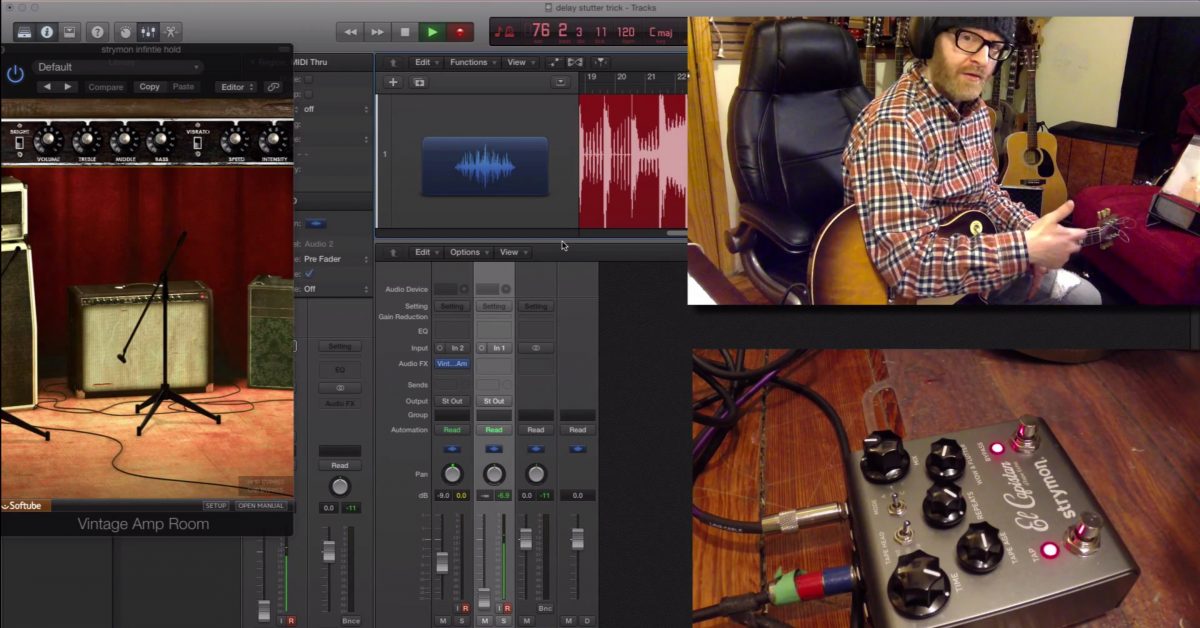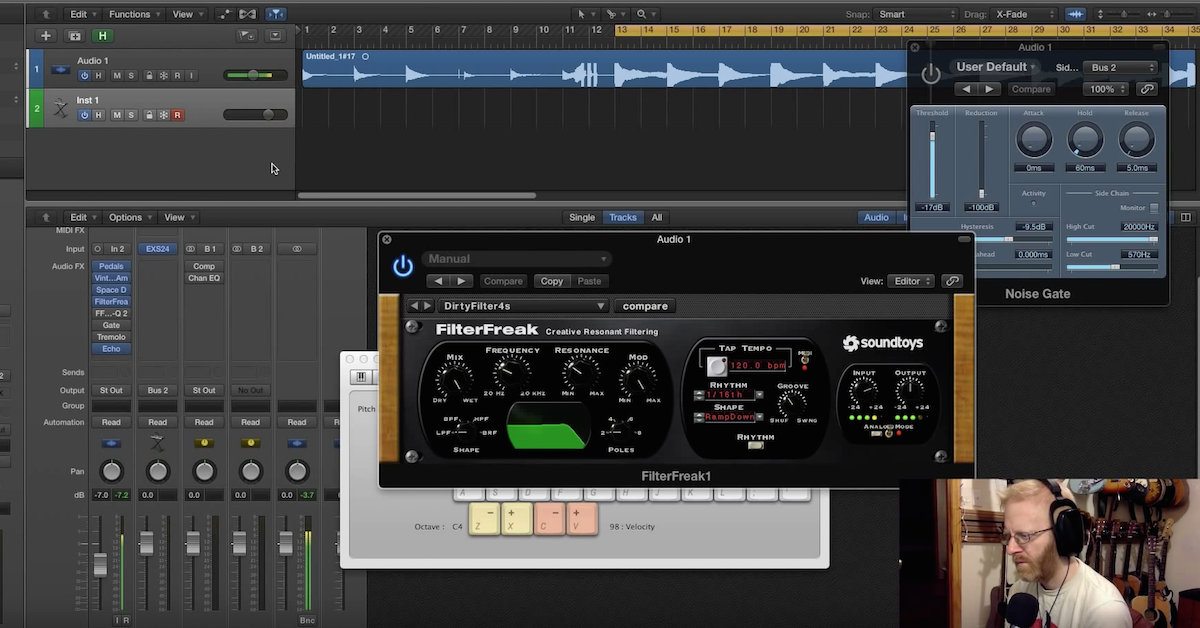Using Effects to Create a Dreamy Piano Sound
Recently, I was working with an artist, Elizabeth Ziman. Elizabeth brought in a really interesting song that sonically reminded me of being in the half state of dreaming.
I wanted to try to find a way to embellish the sound of the piano to psychologically put you in that state of mind while listening to the song. This song is basically a solo piano with a really lovely airy vocal on top. We recorded it in her apartment. She has a lovely old Mason & Hamlin. We used two ribbon mics on it, and nothing particularly special about the way I mic’d it.
Once I got it into Pro Tools, I applied some EQ and a Fairchild compressor, but it still wasn’t enough. I wanted it to somehow sound almost slightly broken and distant.
So, in order to do this, I did something slightly unconventional. I created a buss on the piano tracks and I sent it to an amp emulation plug-in. For this particular amp emulation, I was using this Marshall plug-in from UAD. You can use Amplitube, or Logic has some built in amp plug-ins that would work.
I picked the Marshall because there’s a certain mid-range that exists in the Marshall amps, somewhat from the closed back cabinets and the 4x12s. There’s weird phase stuff that happens among those four speakers.
Let’s listen to the piano and hear what’s happening.
[piano]
Let’s listen to the piano with the compression and EQ I have on it.
[piano]
There’s a little grit there already, and that all is coming from this Fairchild plug-in. I’m hitting fairly hard, as you can see. One of my favorite adjustments on here is this headroom knob that can help induce a little bit more harmonic overdrive into the signal.
Let’s listen to the piano with the amp plug-in included.
[piano plays]
Let’s listen with the plate reverb added in.
[piano plays]
One of the things to think about when you’re doing this, you may have to make a decision on how much overdrive you want. Some of this, you can tackle by adjusting the plug-in and how much gain is on the amp sim. I kind of got it to a point where I really liked the tone, and I didn’t want to back off the gain of the amp.
On occasion, she would hit the piano dynamically and play a little harder, and sometimes that’ll feed the plug-in a little hot and it’ll overdrive a little too much. One of the ways to deal with this is to go into Pro Tools and to automate the sends at certain points where it’s really hot and pull back the send a little bit so that it doesn’t hit the amp as hard.
If you look at this selection here, you’ll see that there’s a point where the dynamics come up, and I drew in some automation just to pull it down so it doesn’t feed the plug-in too hot.
[piano]
One of the things worth noting about using heavy compression or an amp sim on a piano is that it has a tendency to magnify some of the mechanical noises of the instrument.
For instance, pressing and releasing the sustain pedal will be considerably louder than a non-compressed signal. We were really cool with that on this track, because we thought it kind of added to the sound.
[piano plays]
I encourage you to experiment sending acoustic instruments through effects that wouldn’t normally be associated with it. Let me know your thoughts in the comments below, and any interesting combinations that you’ve come up with.






